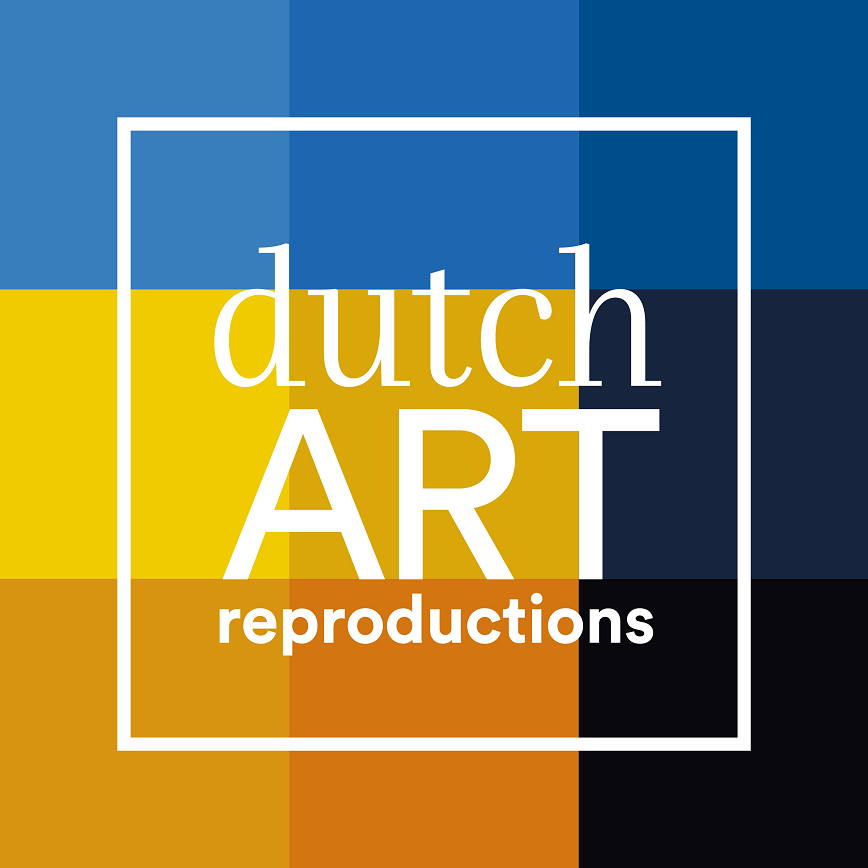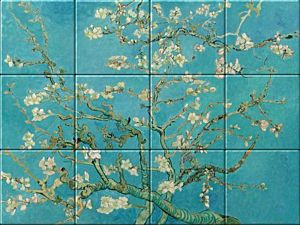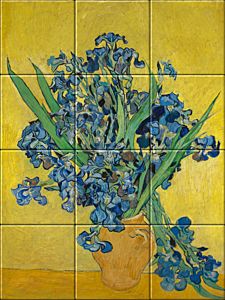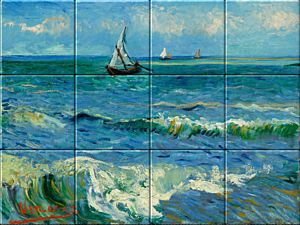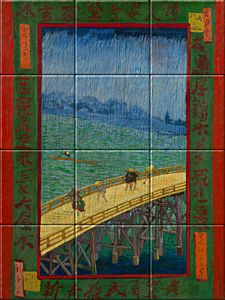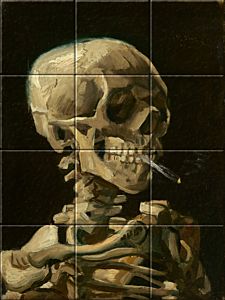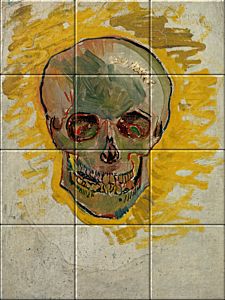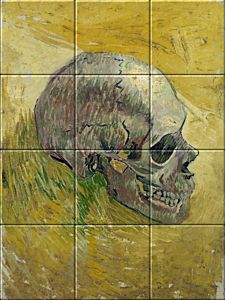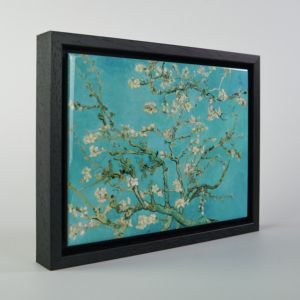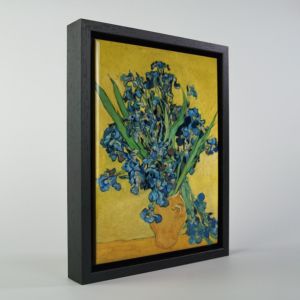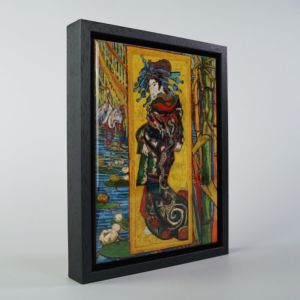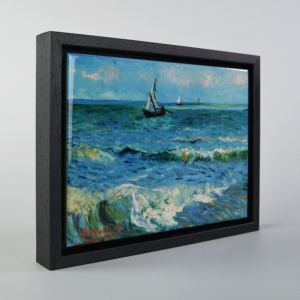We use cookies to make your experience better. To comply with the new e-Privacy directive, we need to ask for your consent to set the cookies. Learn more.
Discover the Van Gogh Museum: The largest collection Vincent van Gogh artworks in the world
The Van Gogh Museum is the place where art lovers can admire the works of the world-famous Dutch painter Vincent van Gogh.
With more than 200 paintings, 500 drawings and more than 800 personal letters, the Van Gogh Museum manages the largest collection of his work worldwide. In addition to his own artworks, the collection also includes works by contemporaries, providing a rich context for Van Gogh's unique style and artistic vision.
The legacy of Vincent van Gogh: from unknown talent to world-famous art collection
Vincent van Gogh sold only two paintings during his lifetime. Despite his limited recognition during his time, after his death he left an impressive oeuvre to his younger brother, Theo van Gogh.
After Theo's death in 1891, the collection fell into the hands of his widow, Jo van Gogh-Bonger, and their son, Vincent Willem van Gogh. Jo was instrumental in promoting Vincent's work and sold a select number of paintings to increase his fame. At the same time, she ensured that a representative collection was preserved. After Jo's death in 1925, her son, Vincent Willem, inherited the works of art. This collection forms the core of the Van Gogh Museum.
From collection to knowledge institute: the story behind the Van Gogh Museum
In 1962, an important step was taken to safeguard Vincent van Gogh's legacy. The entire art collection was transferred by Vincent Willem van Gogh to the Vincent van Gogh Foundation, in an agreement with the Dutch State. In return, the State undertook to build the Van Gogh Museum and make the collection accessible to the general public.
Research is an essential part of the museum's mission. The Van Gogh Museum combines science, art and history to better understand the work and life of this world-famous artist and to share it with new generations.
Dutch Art Reproductions x Van Gogh Museum
We have been working closely with the Van Gogh Museum since 2005 and make reproductions on canvas and ceramic tiles for their museum shops. In 2022 we expanded our collaboration through an exclusive license for our ceramic tile products.
Thanks to the Van Gogh Museum's high-quality digital images and our use of the latest technologies and craftsmanship, our reproductions are unrivaled in quality; The intense colors of Vincent van Gogh's masterpieces come to life on our high-gloss ceramic tiles.
With this collaboration we celebrate the timeless beauty of Vincent’s artworks and strive to bring his art to homes around the world.
Thanks to Theo, Vincent had the means to develop as an artist and follow his dream. Despite the support that Vincent received from his younger brother, he still had to work very hard. He persevered and never stopped believing in himself, despite countless setbacks. But without his brother’s help, he would never have succeeded.
This is a beautiful example of what support and trust can do for a person. With this generous thought in mind we also want to give something back to the work Vincent shared with us. We want to make sure his art, his thoughts and his inspiration stay alive and therefore we financially support the preservation of Van Gogh’s legacy for future generations.
